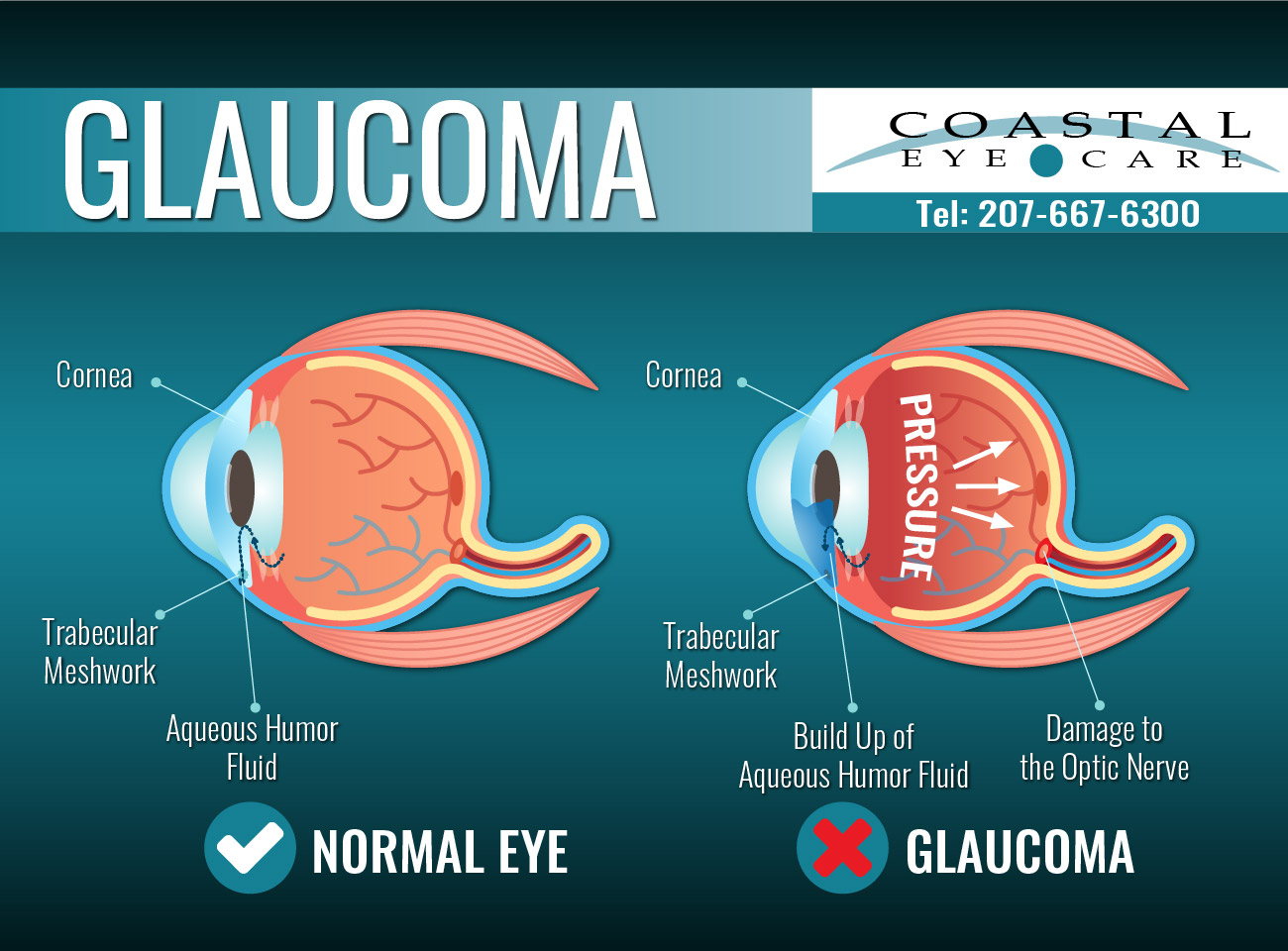Understanding the Various Vision Adjustment Procedures Available for Clearer Sight
In the realm of vision adjustment procedures, a plethora of options exist to deal with refractive mistakes and supply people with clearer view. From the extensively acknowledged LASIK surgical procedure to less invasive procedures like PRK and implantable lenses, the field of ophthalmology provides a series of methods customized to fit various demands and choices. Each treatment features its very own collection of factors to consider, advantages, and possible threats. Recognizing the subtleties of these vision improvement approaches is crucial for making informed choices concerning one's aesthetic health and wellness. Allow's check out the complexities of these procedures and clarified the path to accomplishing improved vision clarity.
LASIK Surgical Procedure
LASIK surgical treatment is a typical refractive treatment used to correct vision troubles such as nearsightedness, astigmatism, and farsightedness - glaucoma service near me. This medical method, which stands for Laser-Assisted in Situ Keratomileusis, aims to reshape the cornea to improve just how light is concentrated on the retina, eventually enhancing vision clearness. During the procedure, a slim flap is produced on the cornea, and a laser is made use of to remove accurate quantities of tissue to improve it suitably. This reshaping permits for light to be accurately focused onto the retina, remedying refractive errors.
One of the key advantages of LASIK surgery is the rapid enhancement in vision experienced by people. On the whole, LASIK surgical procedure is a popular choice for people seeking a long-term remedy for their vision troubles.
PRK Treatment
While also an usual refractive treatment, the PRK (Photorefractive Keratectomy) technique differs from LASIK surgical procedure in its approach to remedying vision problems. In PRK, instead of producing a flap on the cornea, the outer layer of the cornea, called the epithelium, is entirely removed. This enables the laser to improve the cornea to deal with refractive errors such as astigmatism, farsightedness, and nearsightedness straight on the surface area.

Despite the longer recuperation time, PRK can yield superb results in vision enhancement, making it an important option for those who may not be suitable candidates for LASIK surgical treatment.
Implantable Lenses
As opposed to PRK where the cornea is reshaped directly, implantable lenses provide one more technique for fixing vision by placing synthetic lenses inside the eye. This procedure is particularly useful for individuals with high degrees of nearsightedness, astigmatism, or farsightedness who might not be ideal prospects for laser surgical procedures like LASIK or PRK.
Implantable lenses, also referred to as phakic intraocular lenses, work by supplementing the eye's natural lens with a synthetic one. eyecare near me. These lenses can be put in front of the all-natural lens (anterior chamber) or behind the iris and in front of the all-natural lens (posterior chamber) By changing the power and positioning of these lenses, ophthalmologists can effectively correct refractive mistakes and enhance visual skill
One advantage of implantable lenses is that they are removable and exchangeable, offering adaptability for future adjustments. Nonetheless, similar to any kind of procedure, there are threats entailed, such as infection or cataract development. People thinking about implantable lenses must seek advice from an eye care professional Home Page to figure out the most ideal option based on their individual requirements and eye wellness.
Corneal Rings
Corneal rings, likewise understood as intracorneal ring sectors, are tiny, transparent tools put into the cornea to remedy vision distortions such as keratoconus. Keratoconus is a problem where the cornea thins and bulges outside, causing vision to become distorted. The insertion of corneal rings helps to squash the cornea, boosting aesthetic skill and decreasing the uneven astigmatism triggered by keratoconus.
The procedure for placing corneal rings is relatively quick and minimally invasive, usually performed as an outpatient treatment. During the surgical treatment, the eye doctor makes a little incision in the cornea and inserts the rings at a certain deepness. When in position, the rings assist to improve the cornea, giving a smoother surface area for light to enter the eye, which can cause clearer vision.
Corneal rings are considered a relatively easy to fix treatment, as they can be eliminated or changed if necessary. eyecare near me. While they may not entirely remove the demand for glasses or call lenses, corneal rings can significantly enhance vision high quality and total aesthetic convenience for individuals with keratoconus or other corneal irregularities
Refractive Lens Exchange
Adhering to the improvement of corneal abnormalities you can look here with treatments like corneal rings, another vision modification method that can deal with refractive errors is Refractive Lens Exchange (RLE) RLE is a surgical procedure that entails changing the eye's all-natural lens with a man-made intraocular lens (IOL) to fix refractive mistakes such as farsightedness, nearsightedness, and presbyopia. This procedure is specifically advantageous for individuals who might not appropriate prospects for treatments like LASIK or PRK as a result of variables such as thin corneas or high refractive errors.

Conclusion
In conclusion, there are different vision improvement procedures readily available to aid people achieve clearer sight. LASIK surgical procedure, PRK procedure, implantable lenses, corneal rings, and refractive lens exchange are all options that can address various vision problems.
In the world of vision correction procedures, a multitude of choices exist to deal with refractive mistakes and give people with more clear sight.LASIK surgical procedure is an usual refractive treatment utilized to correct vision issues such as astigmatism, farsightedness, and nearsightedness.While likewise a common refractive treatment, the PRK (Photorefractive Keratectomy) strategy varies from LASIK surgery in its technique to fixing vision issues.Complying with the improvement of corneal irregularities with procedures like corneal rings, one more vision modification strategy that can resolve refractive errors is Refractive Lens Exchange (RLE) LASIK surgical treatment, PRK procedure, implantable lenses, corneal rings, and refractive lens exchange are all choices that can resolve different vision problems.